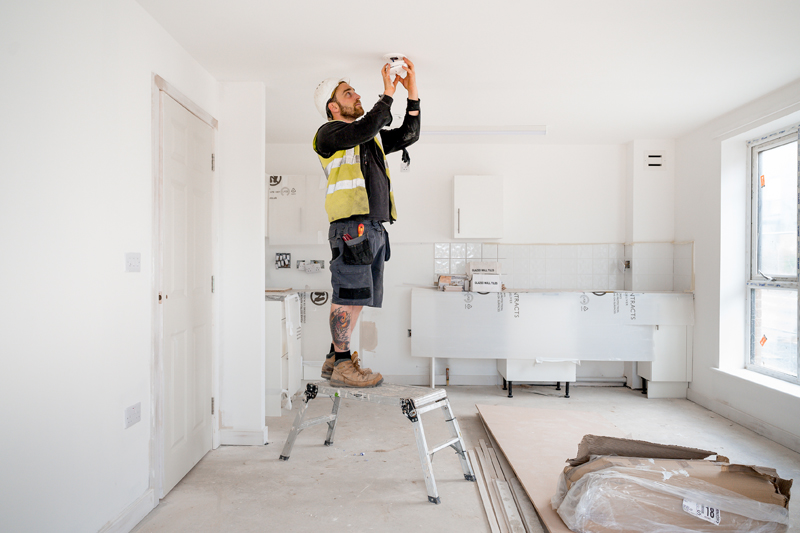Martin Gregg, Commercial Manager at Unitrunk, asks why there are no regulations for fire testing of cable management products.
Fire safety has always been embedded into the design and construction of buildings, but the events that took place at Grenfell Tower, almost two years ago now, have become a catalyst for widespread consensus on the need for positive change.
Some legislative change has already started to happen, with certain types of ‘combustible’ cladding materials now banned on new build residential buildings taller than 18m high. It’s a start, but much more is needed.
The Hackitt Report, published last May, highlighted the ‘ambiguity of regulations and guidance’ and called for a ‘risk-based approach’ to specification, with ‘transparency of information and an audit trail’. The report acknowledges that ‘legislative change will take time’ but the question remains, why do we not already have a suitable regulatory framework in place for electrical fire safety?
Ambiguity
As many who have worked overseas will tell you, the UK construction industry has regulatory requirements that are more robust than most other countries. Our building regulations and fire regulations are seen internationally as very demanding and the wiring regulations are now in their 18th edition. However, there is still nothing within the 18th edition that stipulates fire testing of cable management; the backbone of any commercial electrical installation and the physical barrier between electrical cables and the building fabric.
Cable management is just one of the many product categories for which there is currently no mandatory fire testing requirement. This leaves those with responsibility for specifying and installing cable management networks with a lack of information regarding which systems offer verified fire safety – the very ‘ambiguity’ criticised in the Hackitt Report.
Despite the fact that the source of the fire at Grenfell Tower has been traced to an electrical fault, it is building envelope materials that have come under scrutiny, rather than materials essential to the installation of building services. Surely the tragedy should also spark debate about where fire safety in the specification of electrical installation materials can be improved?
Safer future
The programme of legislative change in response to the Hackitt Report has only just begun and there are certain to be more changes to come. So far, however, there seems to be scant attention to the fire safety of cable management systems, which is why Unitrunk has invested in independent fire safety testing for both our cable tray and cable ladder systems, ahead of any industry requirement.
For us, there may be no regulation on fire resilience but there is a moral obligation to ensure resilience is built into the design and manufacture of our products and to verify it through independent testing. The verifiable test results mean that wholesalers can advise customers on the fire safety credentials of our range with complete confidence.
For so many of us, the images of the tower of flames at Grenfell and the TV footage of distressed and bereaved residents will remain vivid for years to come. There is nothing we can do now to prevent that loss of life or devastation, but we have a moral obligation to do everything we can to ensure buildings are safer in the future. Verifying the fire safety of the materials we use is an integral part of that obligation and, hopefully, it will also become a regulatory requirement one of these days, creating a corresponding commercial imperative to test for fire safety.
For further information
To learn more about Unitrunk cable management products, visit: www.unitrunk.co.uk






